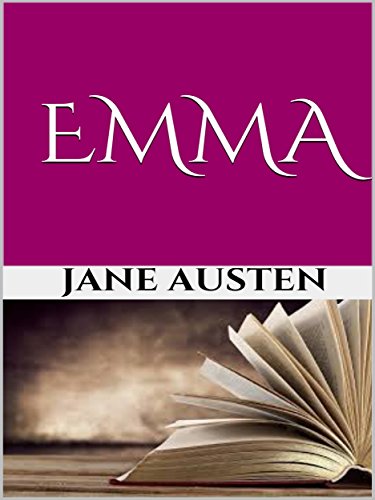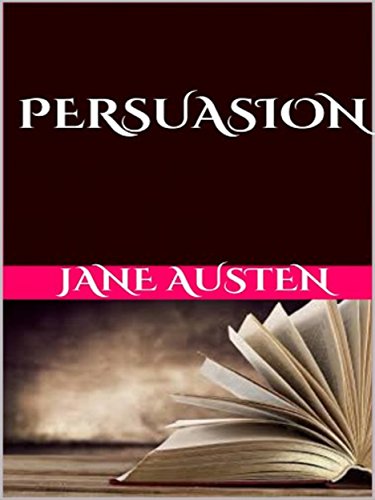-
Utopia
Thomas More
eBook (GIANLUCA, Nov. 3, 2019)Sir Thomas More, son of Sir John More, a justice of the King’s Bench, was born in 1478, in Milk Street, in the city of London. After his earlier education at St. Anthony’s School, in Threadneedle Street, he was placed, as a boy, in the household of Cardinal John Morton, Archbishop of Canterbury and Lord Chancellor. It was not unusual for persons of wealth or influence and sons of good families to be so established together in a relation of patron and client. The youth wore his patron’s livery, and added to his state. The patron used, afterwards, his wealth or influence in helping his young client forward in the world. Cardinal Morton had been in earlier days that Bishop of Ely whom Richard III. sent to the Tower; was busy afterwards in hostility to Richard; and was a chief adviser of Henry VII., who in 1486 made him Archbishop of Canterbury, and nine months afterwards Lord Chancellor. Cardinal Morton—of talk at whose table there are recollections in “Utopia”—delighted in the quick wit of young Thomas More. He once said, “Whoever shall live to try it, shall see this child here waiting at table prove a notable and rare man.”At the age of about nineteen, Thomas More was sent to Canterbury College, Oxford, by his patron, where he learnt Greek of the first men who brought Greek studies from Italy to England—William Grocyn and Thomas Linacre. Linacre, a physician, who afterwards took orders, was also the founder of the College of Physicians. In 1499, More left Oxford to study law in London, at Lincoln’s Inn, and in the next year Archbishop Morton died.More’s earnest character caused him while studying law to aim at the subduing of the flesh, by wearing a hair shirt, taking a log for a pillow, and whipping himself on Fridays. At the age of twenty-one he entered Parliament, and soon after he had been called to the bar he was made Under-Sheriff of London. In 1503 he opposed in the House of Commons Henry VII.’s proposal for a subsidy on account of the marriage portion of his daughter Margaret; and he opposed with so much energy that the House refused to grant it. One went and told the king that a beardless boy had disappointed all his expectations. During the last years, therefore, of Henry VII. More was under the displeasure of the king, and had thoughts of leaving the country.
-
Emma
Jane Austen
eBook (GIANLUCA, Dec. 1, 2017)Emma Woodhouse, beautiful, intelligent, rich and single, is fully satisfied with her life and considers neither love nor marriage necessary. Nothing, however, delights more than interfere with the romantic lives of others. But when she ignores the warnings of her good friend Mr. Knightley and attempts to organize a suitable meeting for her protected Harriet Smith, her carefully arranged plans soon unravel and have consequences she never expected. With her imperfect but charming heroine and her witty and subtle exploration of relationships, Emma is often seen as Jane Austen's most impeccable work.
-
Persuasion
Jane Austen
language (GIANLUCA, Nov. 24, 2017)Persuasion (Persuasion, 1818) is a novel by the English writer Jane Austen. The title of the novel refers to Anne Elliot's persuasion in refusing Captain Wentworth and what other novel characters undergo or refuse to undergo
-
Persuasion
Jane Austen
language (GIANLUCA, Nov. 24, 2017)Persuasion (Persuasion, 1818) is a novel by the English writer Jane Austen. The title of the novel refers to Anne Elliot's persuasion in refusing Captain Wentworth and what other novel characters undergo or refuse to undergo
-
The Prince
Niccolo' Machiavelli
eBook (GIANLUCA, Dec. 9, 2017)“The Prince” is considered one of the first works of modern philosophy, especially in modern political philosophy, in which the effective truth is considered more important than any abstract ideal. It is also in direct conflict with the dominant Catholic and scholastic doctrines of time on how to consider politics and ethics.
-
The age of innocence
Edith Wharton
language (GIANLUCA, Dec. 10, 2017)The age of the innocent, by Edith Wharton, a book published in 1920, tells the story of Newland Archer. Set in New York in 1870, the story tells of Archer and his marriage to May Welland. But there’s a spanner in the works, so to speak. The spanner being May’s cousin, the beautiful and tainted by scandal, Countess Ellen Olenska. Archer falls in love with her, but romantic novels as they are, ends up getting married anyway anyway. The book continues, focusing on her marriage and her hidden love for Ellen. The age of innocence won the Pulitzer Prize of 1921.
-
The Rainbow
D. H. Lawrence
eBook (GIANLUCA, Nov. 17, 2017)The Rainbow tells the story of three generations of the Brangwen family, who live in the East Midlands of England near Nottingham. The book spans a period of roughly 65 years from the 1840s to 1905, and shows how the love relationships of the Brangwens change against the backdrop of the increasing industrialisation of Britain. The Rainbow is a 1915 novel by British author D. H. Lawrence. It follows three generations of the Brangwen family living in Nottinghamshire, particularly focusing on the individual's struggle to growth and fulfilment within the confining strictures of English social life.
-
The Charterhouse of Parma
Stendhal Stendhal
eBook (GIANLUCA, June 15, 2020)The Charterhouse of Parma tells the story of the young Italian nobleman Fabrice del Dongo and his adventures from his birth in 1798 to his death in 1829 (?). Fabrice’s early years are spent in his family’s castle on Lake Como, while most of the novel is set in a fictionalized Parma (both in modern-day Italy).
-
The Charterhouse of Parma
Stendhal Stendhal
eBook (GIANLUCA, July 6, 2020)The Charterhouse of Parma is a novel by Stendhal published in 1839. Telling the story of an Italian nobleman in the Napoleonic era and later, it was admired by Balzac, Tolstoy, André Gide, di Lampedusa and Henry James. It was inspired by an inauthentic Italian account of the dissolute youth of Alessandro Farnese. Wikipedia
-
The Charterhouse of Parma
Stendhal Stendhal
eBook (GIANLUCA, July 11, 2020)The Charterhouse of Parma tells the story of the young Italian nobleman Fabrice del Dongo and his adventures from his birth in 1798 to his death in 1829 (?). Fabrice’s early years are spent in his family’s castle on Lake Como, while most of the novel is set in a fictionalized Parma (both in modern-day Italy).
-
The Charterhouse of Parma
Stendhal Stendhal
eBook (GIANLUCA, July 14, 2020)The Charterhouse of Parma tells the story of the young Italian nobleman Fabrice del Dongo and his adventures from his birth in 1798 to his death in 1829 (?). Fabrice’s early years are spent in his family’s castle on Lake Como, while most of the novel is set in a fictionalized Parma (both in modern-day Italy).
-
The Charterhouse of Parma
Stendhal Stendhal
eBook (GIANLUCA, June 11, 2020)The Charterhouse of Parma tells the story of the young Italian nobleman Fabrice del Dongo and his adventures from his birth in 1798 to his death in 1829 (?). Fabrice’s early years are spent in his family’s castle on Lake Como, while most of the novel is set in a fictionalized Parma (both in modern-day Italy).